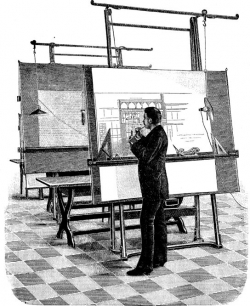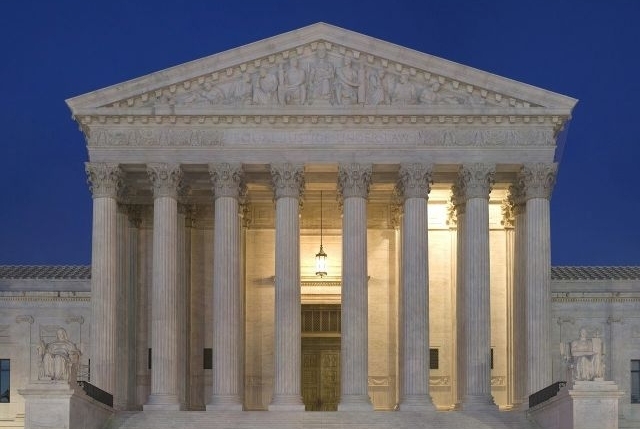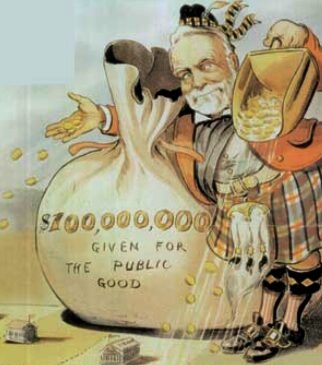It is what I do as an Architect. I take a specific project site and all the conditions that affect it, dream up an idea, and assist our clients in making the idea come to fruition. We initiate the process. We schedule it. We coordinate it. The design process is continually being molded through this process of initiation. When someone comes to us for a design they expect us to come up with an idea that will meet or exceed their goals. We have to be brave and give our clients the truth. We present an idea to our clients and the public that we believe is the appropriate response for the client, site, and community. The process of initiation develops into the act of presentation. The presentation of the idea is the first glimpse of what can be. It is the initial idea or ideas that respond to all the requirements and governing ordinances that affect a site and its intended use.
Green Design Jim
Who is going to be the next entity going solar?
Do you have sun access most of the day, year round? If so check out all the different programs out there and see if it makes sense now. Be sure to see what the utility companies and federal, state, and cities are offering for incentives now or are anticipating in the near future. If you do not find anything that works for you to Go Solar then talk to your legislators and utility companies and ask them to put in place a program that would work for you. There are many options. You can buy or lease a Photovoltaic System to put on your home or place of business. There are many companies that do that now. Go Solar, California! just recently released a report that shows how easily our solar goals can be reached if we keep letting our city and government officials know how important this is. Los Angeles County has seriously considered adding a strong solar goal to their sustainability plan. This is huge!
When we were young investing just meant putting money in the bank. If you were lucky you got to keep it there. Then as you got older saving became a lot more important, if you were lucky to be able to save anything. We learned that over a 30 year period that ten thousand dollar savings you had would probably be worth just under one hundred thousand dollars. If your investment return was above 7%, which was a fairly real projection. Then the economy tanked and return of investments dropped 50% in the last recession. It did not feel very good. The lost monies were real if your needed it then. Now the stock market is up and above where it was at the start of the recession but continues to move all over the place. Being nervous about your future financial stability is a real concern for almost everyone.
So now that the market and property prices are back up what do you do? Assuming you have saved for your future then you need to make some choices. How do you invest in the future to maximize your retirement and emergency funds? Do social equality / justice and climate stabilization enter into your considerations? Are the higher returns from some industries worth the on-going investments you have been making for the future of the country? Do you have a responsibility to the person at the bottom of the income ladder or are you hoping the guy at the top of the ladder will take care of you? These are just a few considerations you need to make. If you do not make a conscious choice you have still made it by ignoring the issues. What do the issues mean to you? Our capitalistic system is very good and is held as the current economic yardstick for the world. It must be working. Look at the stock market it is flying. But wait. Only a small part of our society is really taking part in it. That would be the 1%er for sure and a smaller part of the middle class. But it is not the majority of our citizens. We need to be able to invest in our financial futures so most of our people have a safe and comfortable future.
As I have been reading, thinking, and talking to people, I am starting to get a better picture on what Economic Justice means. I am refining my financial and global perspective on how I want to live. I plan on going to group meetings to discuss these issues and find out how I can change with the times in relation to all my past community supporting activities. In the hopes of finding a new direction for my community outreach.
I have always belonged to many nonprofit groups and have been told it is best to pick just a few to stay active with. I try to tie all my efforts to the sustainability of all our life processes. This includes social justice which equates to economic justice. I have been talking about this since high school. Capitalism vs. the Planet, vs. social or economic justice is all tied together. By following trends you can see where our country is going. The disparity in income of all types is stretching our population in ever divergent trends. This is a major change from the 1960's where the income disparity was much more limited. Everyone needs to keep these discussions going and bring it to the forefront of our communications, in all formats, with all of our contacts. There are many ways to re-adjust our priorities on where we as a country put our energies and our dollars.
I keep hearing that Americans give more to charity than any other country. America is also the richest country so it makes sense. But WHERE do the charitable donations really come from?
How are these numbers counted? It would be great to see the breakdown. How much of it is from the 1% income crowd? Is it corporate or individual? How much from the low and middle class? Break it down to a percentage of personal or corporate donations. To be real, maybe one should even remove all the tax right offs given by the government, even though they are greatly appreciated.
When does donated time and energy enter into the 2013 Charitable Giving of $335.17 Billion (pages 21 & 22)? Of course one must then break down the numbers as noted above. What I want to know is the real breakdown of charitable efforts. Is this Billion dollar a real number or does this number include the giving of charitable donations with right offs?
Company
Legal
The content of this website is provided for information purposes only. While every effort is made to ensure that the information contained within the website is accurate and up to date, JHAI makes no warranty, representation or undertaking whether expressed or implied, nor does it assume any legal liability, whether direct or indirect, or responsibility for the accuracy, completeness, or usefulness of any information.
All materials, unless otherwise stated, are copyright and remain the property of JHAI.




